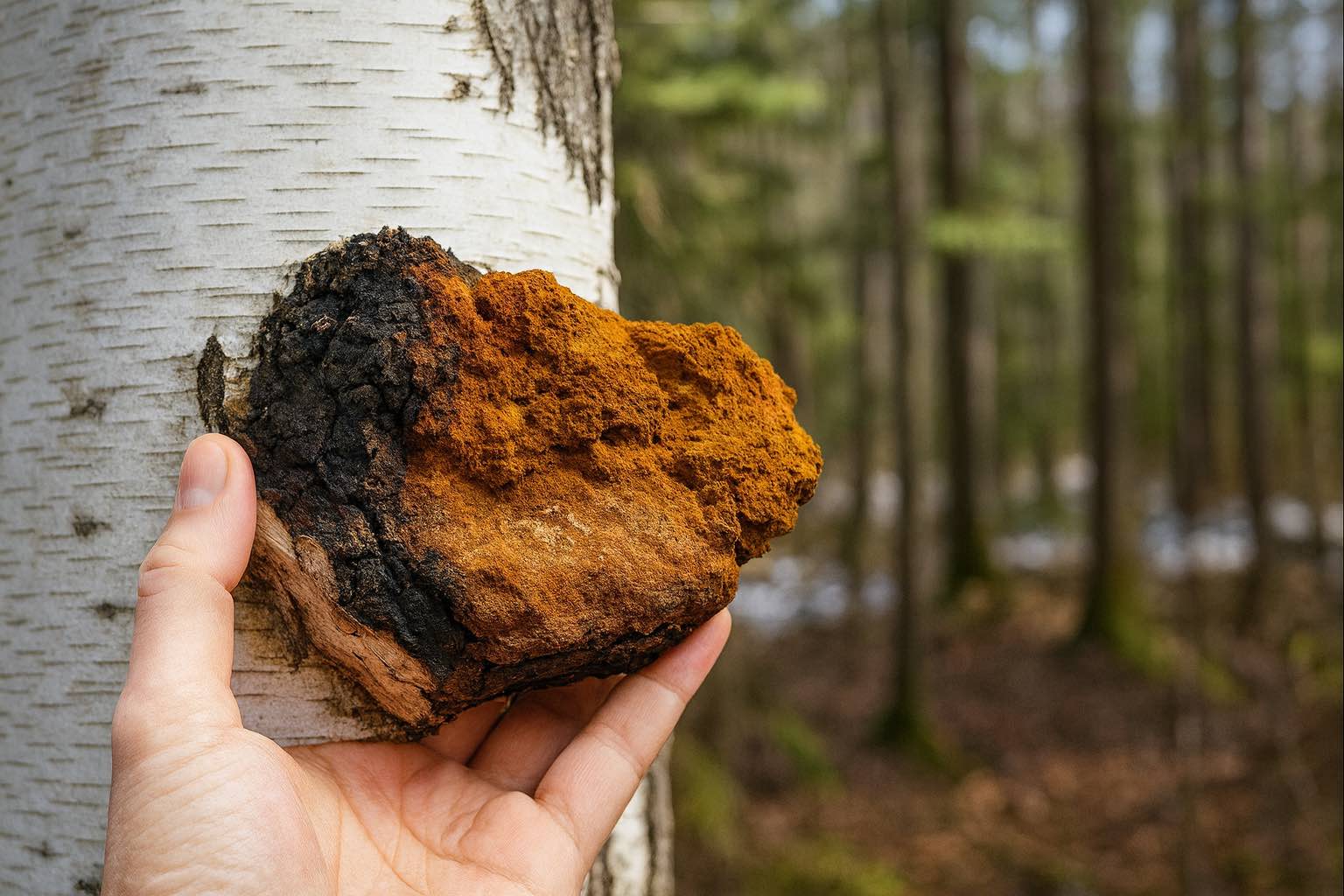Magic mushrooms are famous for the hallucinogenic compounds they contain. Most people know about psilocybin, the most prominent psychedelic ingredient. However, magic mushrooms contain numerous alkaloids (active compounds) that affect cognitive function. 4-hydroxytryptamine is one of them.
What is 4-hydroxytryptamine, and why is it important?
This article explores 4-hydroxytryptamine chemistry, its effects, lab testing, benefits, and relevance in psychedelic research.
What is 4-Hydroxytryptamine?
4-hydroxytryptamine belongs to a class of naturally occurring psychedelic substances called tryptamine alkaloids, which come from the amino acid tryptophan. This class encompasses neurotransmitters in the brain, like serotonin and melatonin.
Tryptamines also include psychedelic compounds like psilocybin and DMT, which drastically alter consciousness.
Chemically, 4-hydroxytryptamine is a tryptamine where the indole ring has been substituted by a hydroxy group at the 4th position. This chemical arrangement makes it a hydroxy indole, a class of substances that can work as pharmacologically active agents to oxidize or chemically alter other substances.
Research shows that tryptamines like 4-hydroxytryptamine mimic and activate the actions of neurotransmitters in the brain. Neurotransmitters are chemical messengers transmitting signals across a chemical synapse, facilitating communication between neurons and influencing physiological functions such as mood, sleep, and cognition.
4-hydroxytryptamine activates serotonin, a powerful neurotransmitter that affects perception, mood, and thought.
Serotonin and 4-hydroxytryptamine also work as neuromodulators.
- Neuromodulators are chemical messengers, like neurotransmitters. But they operate more broadly on multiple neurons with longer-lasting, diffuse effects on the nervous system.
- As a neurotransmitter and a neuromodulator, 4-hydroxytryptamine can facilitate immediate communication between neurons at specific synapses but also affect broader neural circuits to produce longer-lasting effects on mood, arousal, and other functions.
4-Hydroxytryptamine in Magic Mushrooms
Most tryptamine alkaloids that produce potent hallucinations and mystical experiences occur in plants and fungi. More than 200 species of hallucinogenic mushrooms, such as Psilocybe cubensis and Psilocybe baeocystis, are the principal source of many psychoactive tryptamine compounds, including 4-hydroxytryptamine.
Tryptamines elicit profound changes in sensory perception, such as:
- Intensifying senses, feelings, memories, and self-awareness
- Producing visual effects, such as trails of geometric patterns and brilliant colors
Psilocybin and psilocin are the most studied tryptamine alkaloids in magic mushrooms. However, new studies into 4-hydroxytryptamine's chemical structure show it is part of the gene cluster that mediates the biosynthesis of psilocybin and other magic mushroom alkaloids.
Essentially, 4-hydroxytryptamine is the starting compound, and various chemical reactions occur that convert it into other alkaloids, notably norbaeocystin, baeocystin, aeruginascin, and norpsilocin.
Norbaeocystin, baeocystin, aeruginascin, and norpsilocin also exist in small quantities in magic mushrooms. However, combined, these alkaloids may have a notable effect through synergizing to amplify therapeutic benefits.
- A 1989 paper first proposed a synergistic relationship between psychoactive compounds in magic mushrooms.
- A 2015 paper reported that the effect of psychedelic mushroom extracts on mice was much stronger than pure psilocybin, suggesting minor alkaloids norbaeocystin, baeocystin, aeruginascin, and norpsilocin are valuable to overall experience.
Biological Significance
Research on 4-hydroxytryptamine neuropharmacology is scant. However, exploring psilocybin’s psychedelic mechanisms could indicate how this tryptamine might function in synergy with the remaining alkaloids.
Hallucinogenic compounds, like 4-hydroxytryptamine, interact with the brain’s serotonergic system to unleash their psychedelic effects. The serotonergic system comprises neurons that produce and utilize serotonin as a neurotransmitter.
4-hydroxytryptamine and other Psilocybe mushroom alkaloids influence a subset of serotonin (5-HT) receptors, notably the 5-HT2A receptor. This receptor regulates numerous mental processes, such as:
- Psychedelia
- Depression
- Anxiety
- Positive and negative symptoms of schizophrenia
- Glutamate release in the prefrontal cortex
- Dopamine in the prefrontal cortex
Neuropharmacology
According to a study led by Weill Cornell Medicine, psychedelics’ serotonergic action makes the brain more flexible in switching between different states of thought and emotion. Scientists believe this increased flexibility is the reason behind people's altered and often intense experiences.
Psychedelic experiences can elicit profound insights that help people reframe their perception of self, come to terms with life circumstances, and reduce the intensity and/or frequency of adverse physiological conditions, such as:
- Substance addiction
- End-of-life anxiety
- Cluster headaches
- Treatment-resistant depression.
These compounds are also fairly safe and well-tolerated. Hallucinogens, like 4-hydroxytryptamine usually do not cause physical side effects, hangovers, diseases, or addiction, compared to drugs like opiates or alcohol.
Legal Status
Psilocybin has been classified as a Schedule I drug in the United States since 1970 due to its popularity as a recreational drug. As a result, magic mushrooms are federally illegal in the U.S. However, no laws mention 4-hydroxytryptamine specifically.
Despite magic mushrooms’ federally elicit status, cities and states have launched initiatives to decriminalize these therapeutic fungi.
In 2018, the U.S. Food and Drug Administration designated psilocybin as a potential “breakthrough therapy” for severe depression, taking a step toward removing its Schedule I status. Clinical studies in the U.S., Switzerland, Germany, and more are underway to re-examine their use in psychotherapy and psychiatry.
Bottom Line
4-hydroxytryptamine is a relatively unknown alkaloid contributing to psychoactive effects in magic mushrooms. Research is limited, but it shows that 4-hydroxytryptamine has a chemical structure that leads to the formation of psilocybin and other magic mushroom alkaloids, giving it significant potential for future research and therapy.
ACS Laboratory tests for ten magic mushroom alkaloids, including 4-hydroxytryptamine. Brands who want in-depth knowledge about their products’ potency should contact us to start testing today.









.png)




.png)
.png)
.png)
.png)